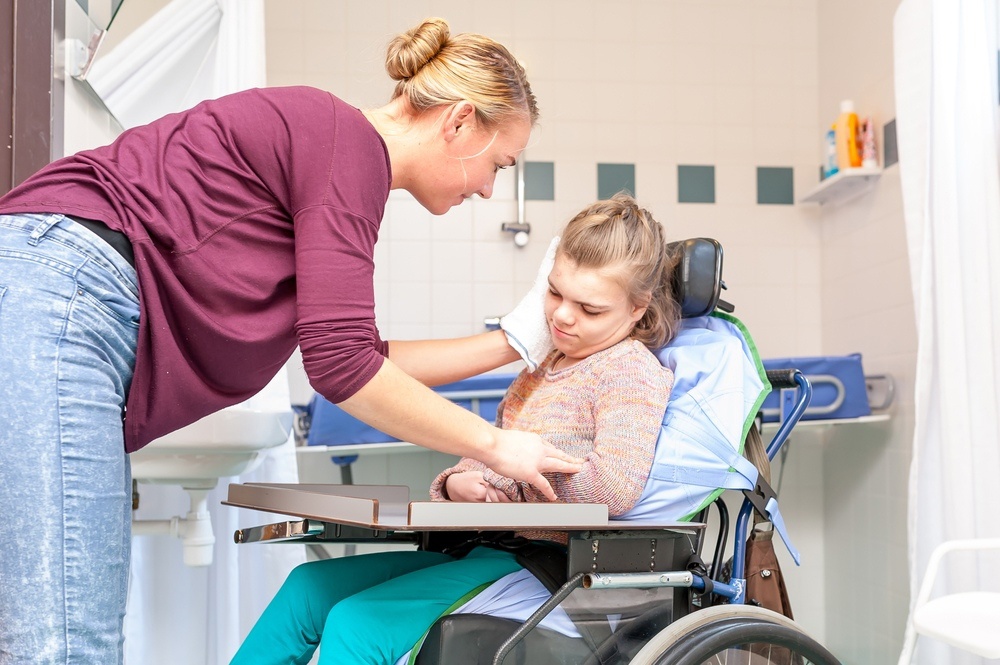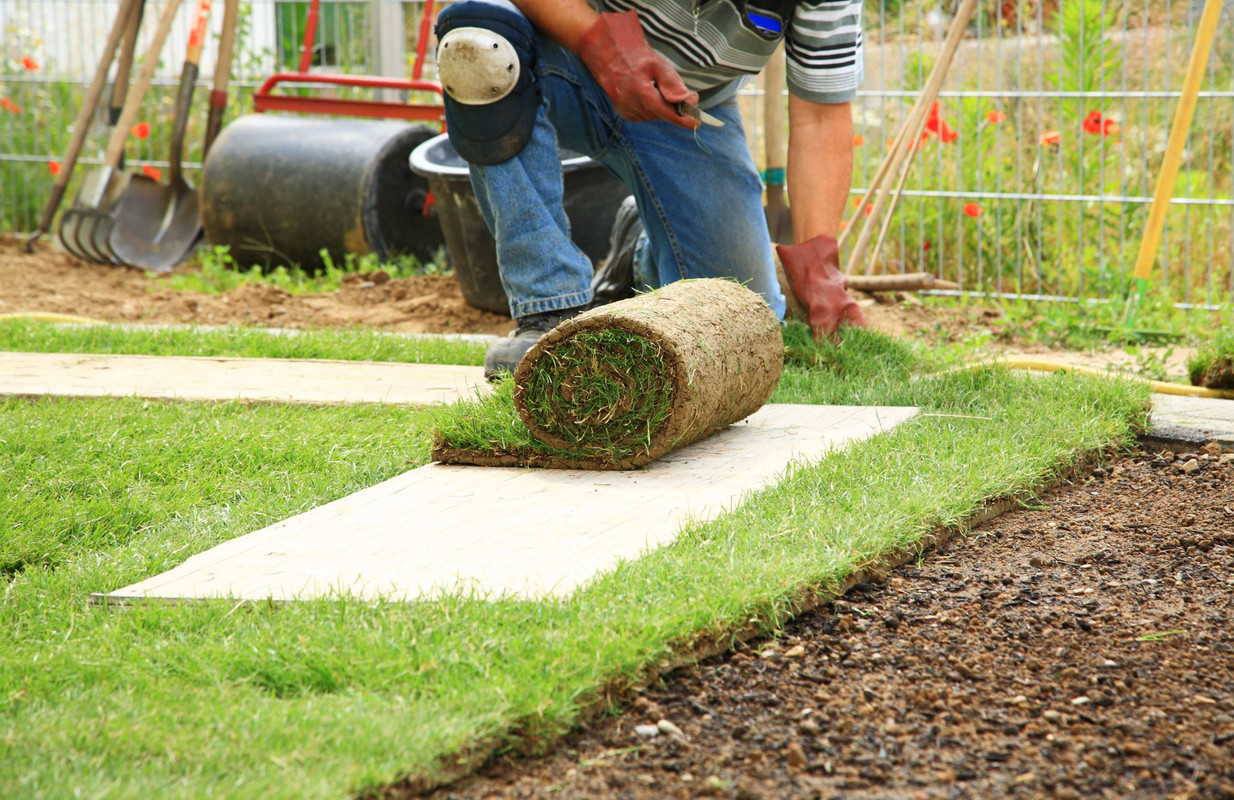Floor heating and cooling can significantly ease the building's overheating problems without compromising the availability of natural light. Large window surfaces bring significant heat into the building in the summer without floor cooling. With a solar heating system, most of the rays can be tied up as soon as the radiation hits the floor surface. Each building has a heating and cooling system to provide maximum comfort to the users. There are different options for raising, lowering, and adjusting room temperatures, like radiator heating.
Radiator heating
In most cases, this system has two-pipe, and each room has one or more radiators. Radiator thermostats are used to control the room temperature. A comprehensive radiator thermostat ensures accurate regulation of the room temperature. For example, a better solution for heating and cooling may be a remote sensor or a combination of a remote sensor and remote control if curtains prevent a proper measurement of the room temperature. For optimal comfort of the premises, we recommend equipping the radiator system with automatic balancing. This eliminates pressure fluctuations, allowing radiator thermostats to work optimally.
 |
| Heating and Cooling |
Underfloor heating and cooling systems and other building technologies
In these systems, cooling is only needed during the warm season. In this case, the heat distribution system can be used to cool the premises. The heat distribution room is connected to the same heating frame for cooling (distance cooling, ground cooling, water cooling, refrigeration machine, etc.).
• Wet spaces are designed as a separate system where warm water circulates all year round.
• The connecting pipes between the heat exchanger and the primary circuit must be insulated to avoid water condensation. The trunk pipes of the underfloor heating and cooling.
•The trunk lines can be brought centrally to the stairwell, where branches are connected to the apartment-specific manifold or to the manifold-specific trunk lines passing through the apartments.
• A dew point sensor is connected to the home's heating and cooling automation system, which places it in the cooling supply pipe outside the heat distribution room. This ensures that the dew point temperature never falls below. This prevents moisture from condensing on all parts of the system.
 |
| Heating and Cooling |
The principle of operation of floor cooling
- Comfort underfloor heating in damp rooms can also be kept on in the summer, even if cooling is used in other areas.
- When underfloor heating piping is utilized in floor cooling in the summer, the investment can be used all year round.
- The floor cooling system can also be retrofitted to old underfloor heating sites. Cooling is suitable for use with all flooring materials. They are prefabricated cooling systems and automation that include all the necessary components for cooling. They offer design, system components, and automation as a complete service.
- The underfloor heating and cooling system is a cost-effective method of heat distribution. It is one system that comes with long service life and low maintenance needs.
Floor heating and cooling together
The floor heating and cooling control system is also suitable for automatically monitoring the temperature and the room humidity. Thanks to the control panel, monitoring room temperatures is effortless. When the building has a modern underfloor heating and cooling system, the building is prepared for the future. The system supports all forms of energy: solar energy, geothermal energy, and district heating.
Passive systems for heating and cooling buildings
In recent years, there has been a growing demand among planners and architects for determining calculation methods and criteria for assessing the functioning of passive heating and cooling systems in buildings and for assessing microclimate conditions in built-up environments.
This demand is the result of a growing awareness of the environmental aspects of planning and construction, especially in light of the centrality of the standard for green building in the architectural and planning discourse. It included appendices that met this need. In the third version of the standard, the need arose to update the appendices in a way that would reflect the lessons that have accumulated from their use over the years and would also add where shortages have been discovered.
Conclusion
The floor heating and cooling systems are multi-purpose. It can serve both purposes of heating and cooling. Water-circulated floor heating is perfectly suited for the heat distribution of various buildings. It is suitable for use with all known forms of heating. In floor cooling, the energy obtained from ground heat, a collection circuit installed in a water system or district cooling can be used.









0 comments:
Post a Comment